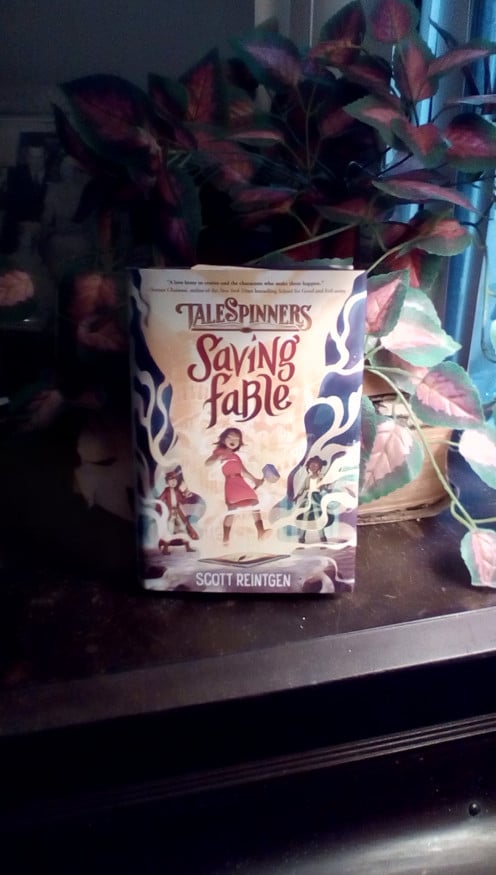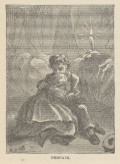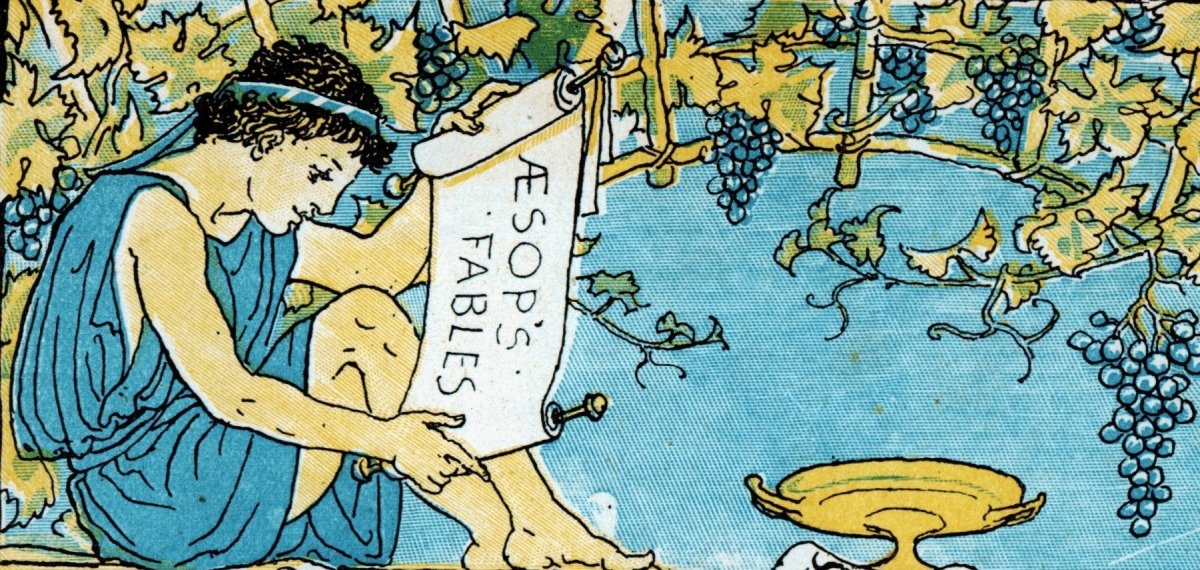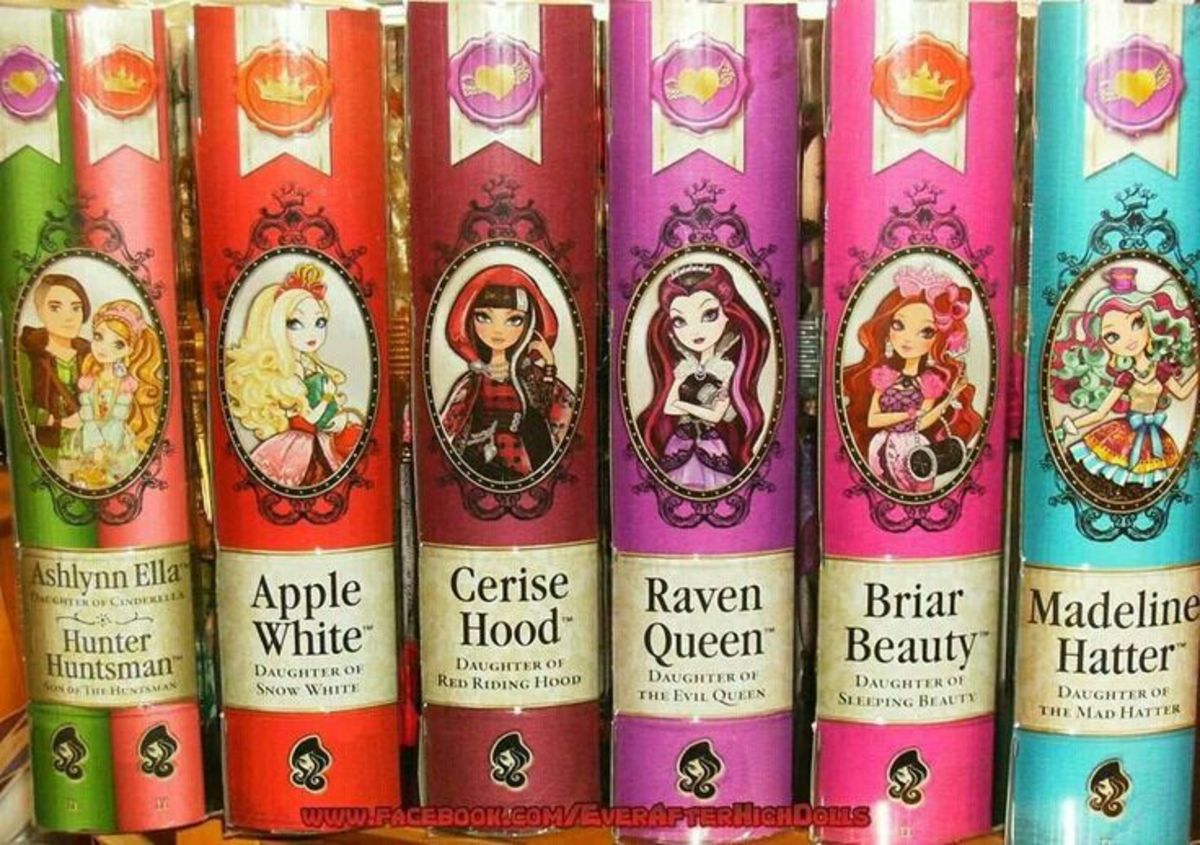- HubPages»
- Books, Literature, and Writing»
- Books & Novels»
- Children's Books
Stories and Characters Come to Life in This Adventure Filled Novel for Young Readers
An English Teacher's Dream Come True With This Tool to Teach Story Writing

Stories and Characters Await the Young Reader
Scott Reintgen's Saving Fable is a dream come true for language arts teachers who teach students the art of writing a story. This fun adventure with Indira is filled with ideas about story writing and the vocabulary that students should learn in order to understand the parts of a successful story.
Indira has a dream of being a hero in a story of her own. She finally gets the chance to become a character when she is invited to come to Fable, the land of successful stories. She is fascinated by the idea of telaporting to another land. She will attend the Protagonist Preparatory, a school in the land of Fable, that will teach her the skills that she needs to become her dream character in a story all her own. Her dream is in danger when she fails an initial audition after arriving in Fable. She must discover the person who is sabotaging her efforts. There is definitely an antogonist character who does not want Indira to succeed. She and two friends set out to discover this antogonist and sometimes wonders if she will ever be able to be the character that she wants to be in her own story. Clues that Indira needs to solve the mystery are provided. You have heard of Cheshire cats but what is a Checkshire?
Saving Fable is a page-turner that young readers will want to read and follow Indira through the land of Fable and learn the art of story telling. The chapters are short for easy reading for ages 8-12. Vocabulary for learning to tell a good story is sprinkled throughout the novel. It was published by Crown Books, a division of Random House Children's Books. Language arts teachers will want to add this adventurous novel to their classroom library.
Enjoy!
Bring the Land of Fable Into the Classroom
Scott Reintgen's Saving Fable is a delightful read with adventures and a learning opportunity for young writers to learn the elements of writing a good story. Vocabulary for learning these elements are sprinkled throughout the story.
*Assign Saving Fable as part of your classroom reading list. Students will also enjoy this as a chapter book to read aloud together with a few chapters read each day.
*Introduce the vocabulary term "fable".
*Introduce the term "character". Indira wishes to be the best character that she can be. Assign a creative writing project for students to describe the type of character that they would like to be in their own story. Introduce the terms "protagonist" and "antagonist". Take a class poll of the number of students who would like to be the protagonist and the ones who would like to be the antagonist in a story of their own.
*Introduce the term "brainstorm". Indira and her friends brainstorm during class sessions to come up with ideas about their stories. Engage students in a brainstorming session to develop ideas for a story for the class to write together.
*Indira learns about how authors develop their characters while she is attending Protagonist Preparatory. "Miscast characters" can become "adjusted characters". Authors can change any facet of a character in order to make them the character that they want. Assign a creative writing project for students to develop a character by beginning with some traits and changing the traits as their story develops.
*Why do students think that Indira was failing in her dream to be the hero of her story? Why did Indira decide to leave Fable and go to learn to be an antagonist in a story?
*Introduce the term "editor". Engage students in a discussion of what an editor does.
*Introduce the recipe for a tragedy from page 308. Assign a creative writing project for students to write their own recipe for a story.
*Engage students in a discussion about the ending of Indira's adventures in becoming the character that she wishes to be.
*Engage students in a discussion of the phrase "every cage has a key". Indira mentions this phrase throughout the book. What does this phrase mean?
© 2020 Cindy Hewitt





